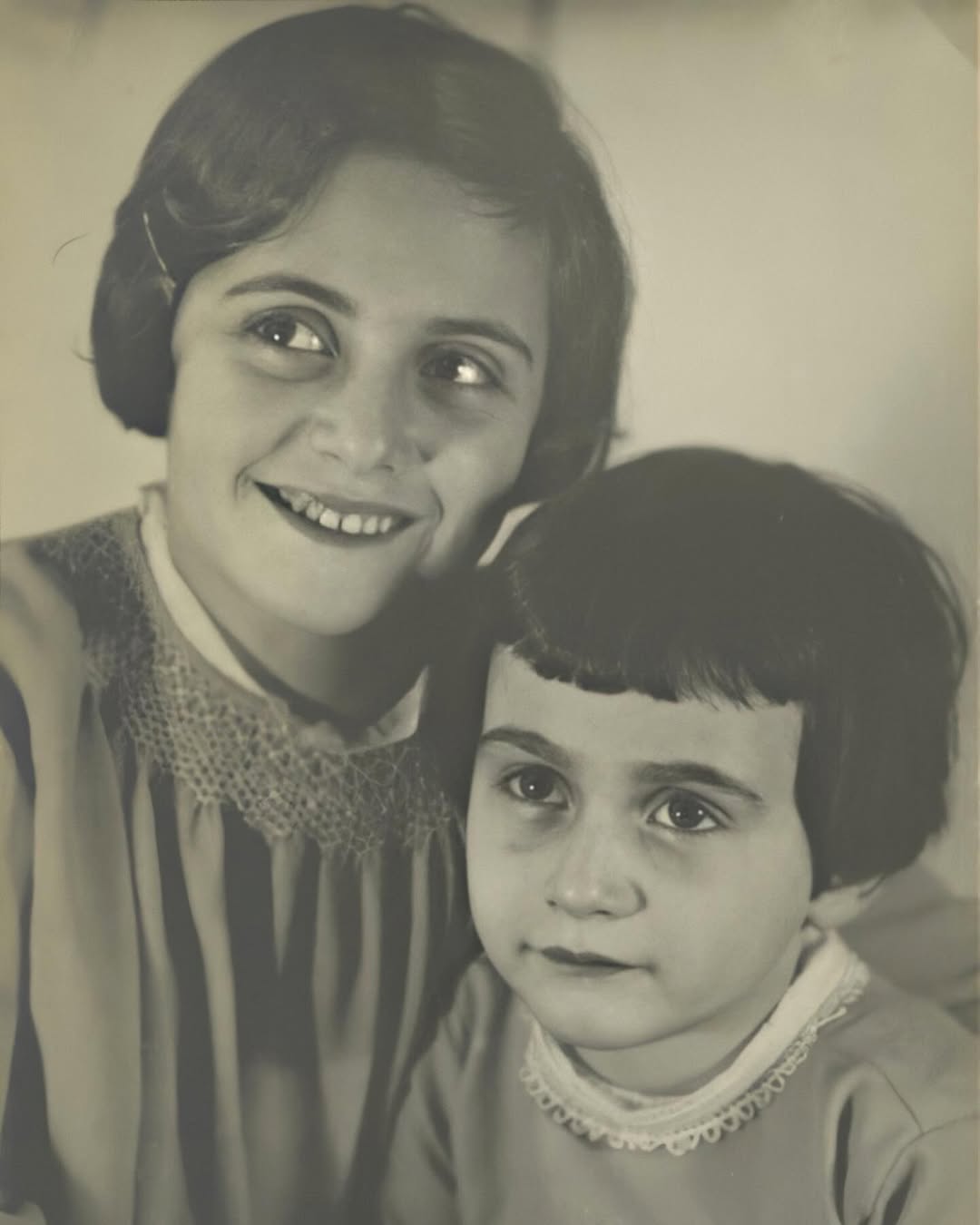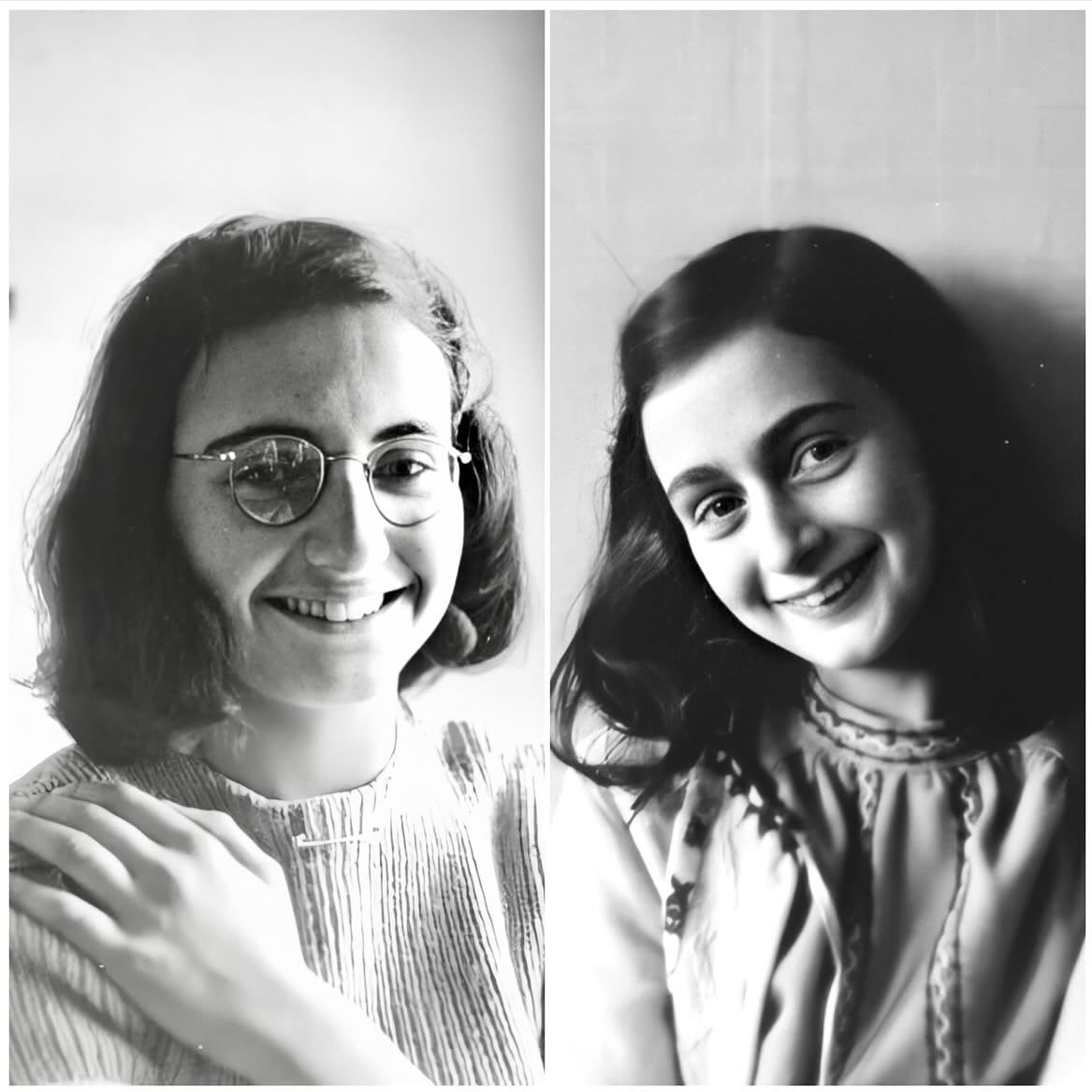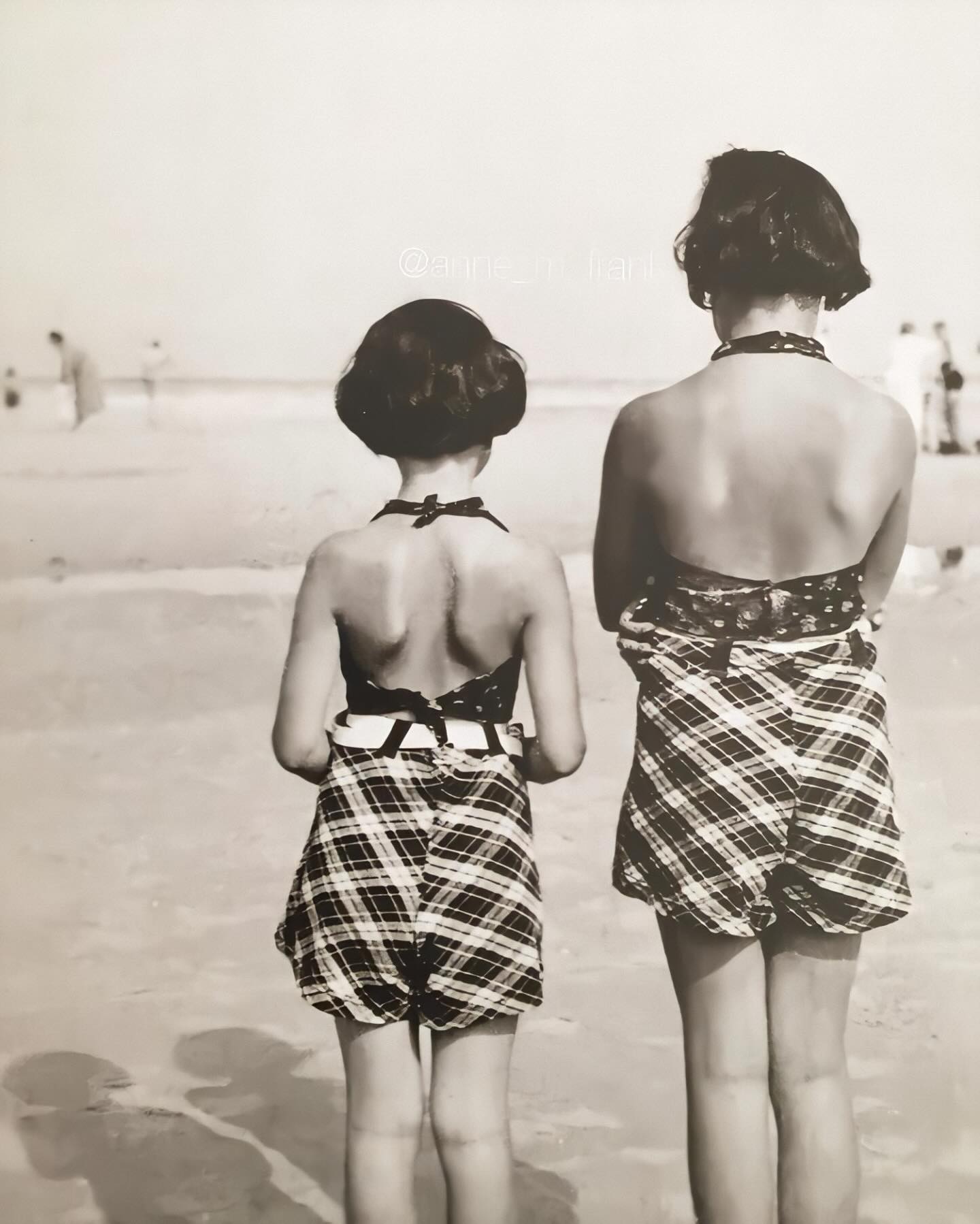A New Hell

On November 3, 1944, a train from Auschwitz-Birkenau brought its exhausted passengers to the end of one nightmare and the beginning of another. The train stopped near Bergen, Germany, where the prisoners were forced to march six kilometers through the woods and heathland to the concentration camp of Bergen-Belsen.
Upon arrival, the brutal dehumanization continued. The numbers tattooed on their arms from Auschwitz were no longer valid. Each prisoner was given a new piece of cloth with a fresh camp number, a cold, bureaucratic act that stripped them of their identity once more.

Anne and Margot Frank were sent to the tent camp, a desolate area with about fifteen tents. There was no lighting, and the water supply was primitive at best. It was in this place of unimaginable suffering that they were found by Lien Brilleslijper. Her words paint a heartbreaking picture of their reunion. She and her sister saw “two thin, bald figures that looked like freezing baby birds.” The sisters fell into each other’s arms, crying, a moment of raw emotion in a place where such feelings were almost impossible.

Lien recalls being assigned to one of the large, circus-like tents, where they lay down on straw and “cuddle up with each other under our blankets.” This small act of human connection, of clinging to one another for warmth and comfort, is a powerful testament to the resilience of the human spirit. In a place designed to destroy their bodies and souls, they found solace in each other. Their arrival at Bergen-Belsen marked a new chapter in their ordeal, one that would sadly be their last, but it was also a story of friendship and love enduring in the face of unimaginable horror.